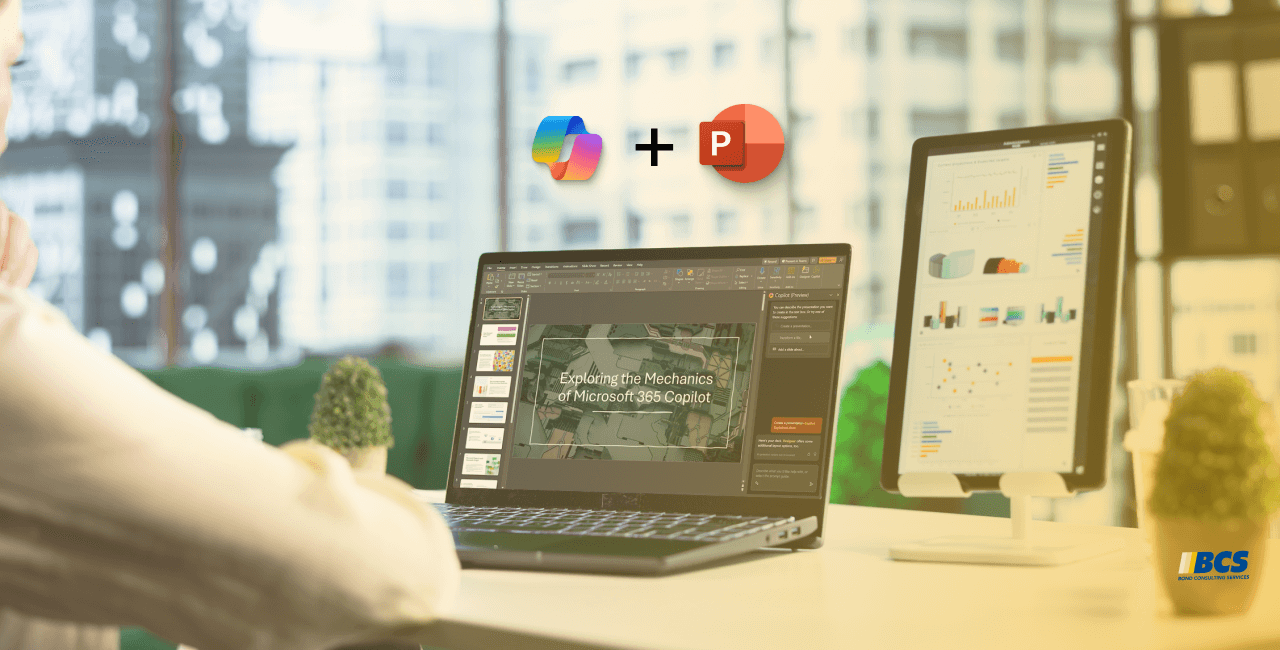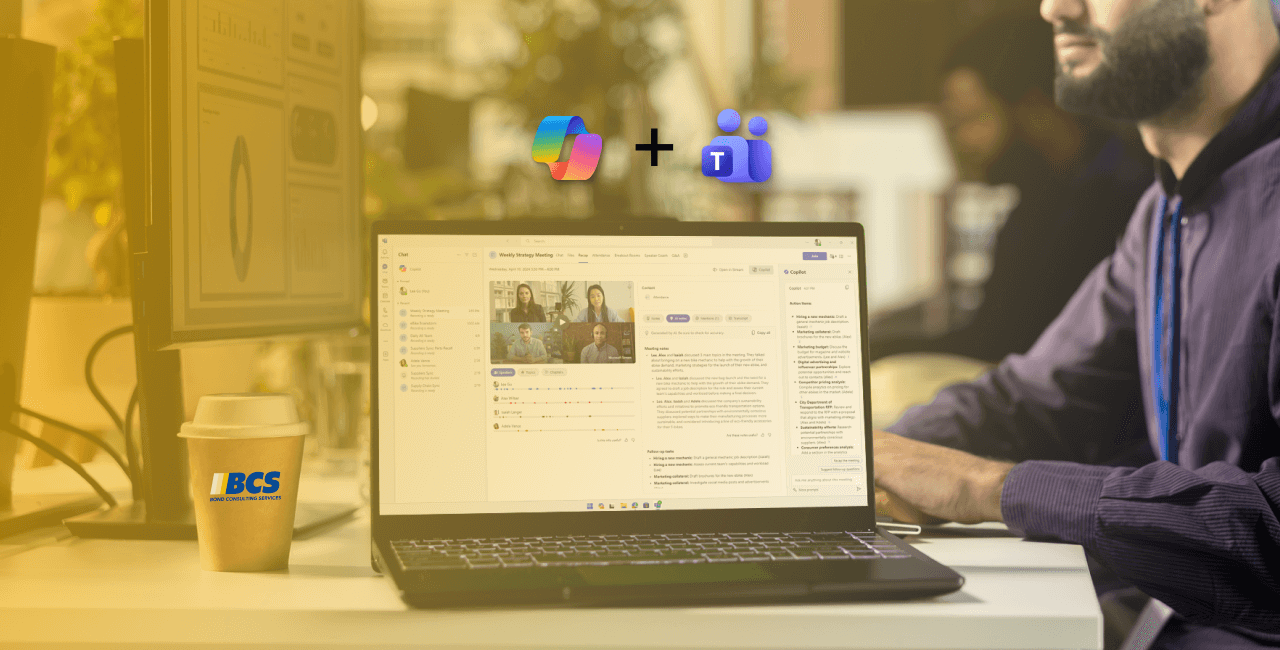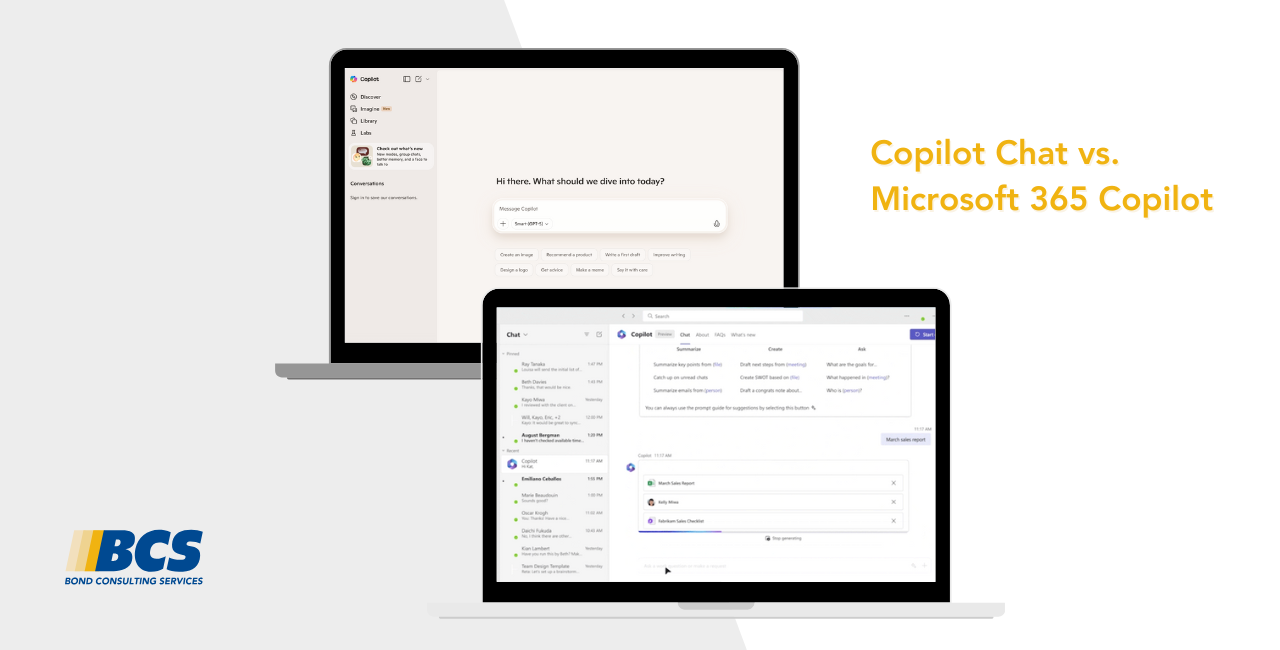By: Lupe Haro – Microsoft Dynamics ERP Consultant
The following standard operating procedure will go through the steps on how to process a drop ship order within Dynamics 365 Business Central. There may be instances where you need to have your vendor ship something directly to one of your customers. This process will allow for you to link the sales order to the purchase order to facilitate the data entry process.
Create Drop Ship Sales Order
1.Search for “Sales Order” and select the option in red below.
2. In the Sales Orders page, click on the “+New” option.
3. Select the Customer Name. The sell to address and contact will automatically populate.
4. Select your document and posting date.
*NOTE: Due Date will automatically calculate based on the payment term of the customer card.
5. Enter the customer PO number in the External Document No field (optional)
6. Click on the line item fields and populate the following fields:
-
- Type: Item
- No: Item No
- Description: Will automatically populate with Item Description
- Drop Ship: Check
- Quantity: Quantity Ordered
- Unit Price Excl. Tax: Item Price
**NOTE: If you cannot see the Drop Ship Column, click on the My Settings option > Personalize.
Select “+Field”
Locate the Drop Shipment field and drag over to the Lines section
Once the field has been added, select Done.
7. Click on the back arrow to Save and Close the Sales Order
Create a Drop Ship Purchase Order
1. Click on the Global search in the top right corner and search for “Purchase Order”. Select the option in red below.
2. In the Purchase Order page, click on the “+New” option.
3. Enter following information:
-
- Vendor Name
- Address and contact – Automatically will populate from vendor card
- Due Date – Will calculate based on payment terms
- Vendor Order No. – If needed
- Vendor Invoice – Is needed upon invoicing
4. Under Shipping and Payment Fast Tab change the Ship-To field to Customer Address and select the customer No for the sales order created previously.
5. Under Actions, select Functions > Drop Shipment > Get Sales Order. Select the sales order that was created previously.
6. The line item information will automatically populate based on the sales order line items. Make changes to the information as needed.
7. Under the Print/Send menu, print the PO and send it to the vendor.
Record Purchase Order Receipt
8. Once you have received confirmation that the order has been shipped and delivered from your vendor, we will need to go back to the purchase order list and select the original purchase order.
9. Enter the quantities that were shipped to your customer in the Qty to Receive fields.
10. Under the Posting menu, select “Post”
11. In the posting window, select Receive.
Post and Invoice Sales Order
1. Search for “Sales Order” and select the option in red below
2. In the Sales Order window, select the sales order we entered initially.
3. The Shipment of the items has been recorded. You can verify, by selecting Navigate > Documents > Shipments.
4. To invoice the sales order, confirm the document date and due date. Select Posting > Post and select the “Invoice” option.
5. Your Posted Sales Invoice will be created.
Post Purchase Invoice
Once you receive the Purchase Invoice from your vendor.
1. Click on the Global search in the top right corner and search for “Purchase Order”. Select the option in red below.
2. In the Purchase Order window, open the Purchase order entered.
3. Review the document date and due date and enter the Vendor invoice number
4. Review the line item information to confirm it is correct.
**NOTE: If any changes are needed, you can reopen the order by selecting Release > Reopen.
5. To post the Purchase invoice, select Posting > Post and select “Invoice”
6. Your Posted Purchase Invoice will be created and be available for payment in accounts payable.
For any other Microsoft Dynamics 365 inquires – Please contact support@BondConsultingServices.com












































